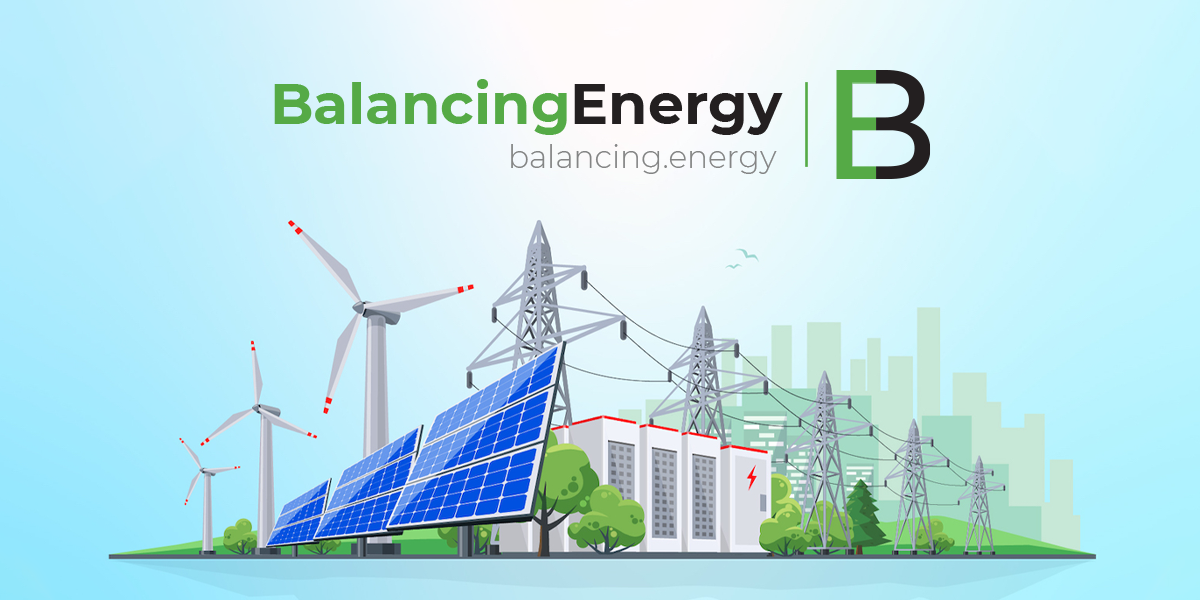Electricity consumption in Romania rose during the first two months of 2025, even as domestic production saw a significant decline, according to data published by the National Institute for Statistics (INS).
Total electricity consumption reached 8.83 TWh, representing a 2.3% increase compared to the same period in 2024. Industrial usage accounted for the majority, with 6.69 TWh consumed—a 2.4% rise. Household consumption followed at 2.06 TWh, also up by 2.5%. In contrast, electricity used for public lighting fell by 8.3%, totaling 78.1 GWh.
Despite this growth in demand, Romania’s total electricity production dropped by 16.6%, amounting to 8.71 TWh. Thermal power plant output remained relatively stable, increasing slightly by 0.7% to 3.73 TWh. However, hydropower production experienced a sharp decline of 42.5%, dropping to 1.7 TWh. Output from the Cernavoda nuclear power plant also decreased, falling by 2.1% to 1.94 TWh. Wind power generation suffered a major setback, down 34.9% year-on-year to 1.01 TWh. Solar energy was the only renewable source to see notable growth, with production rising by 30.1% to 338.5 GWh.
Romania exported 1.97 TWh of electricity in the first two months of the year—a 4.1% decrease from 2024—while imports surged by 139.8% to 3.08 TWh, underlining the gap between domestic supply and demand.
In terms of primary energy resources, total production fell by 7.7% to 2,743.1 million tons of oil equivalent. Coal production decreased by 4.1% to 330.6 million tons of oil equivalent, oil output dropped by 7.6% to 415.4 million tons, and natural gas production declined by 1.9% to 1,259.3 million tons of oil equivalent.










